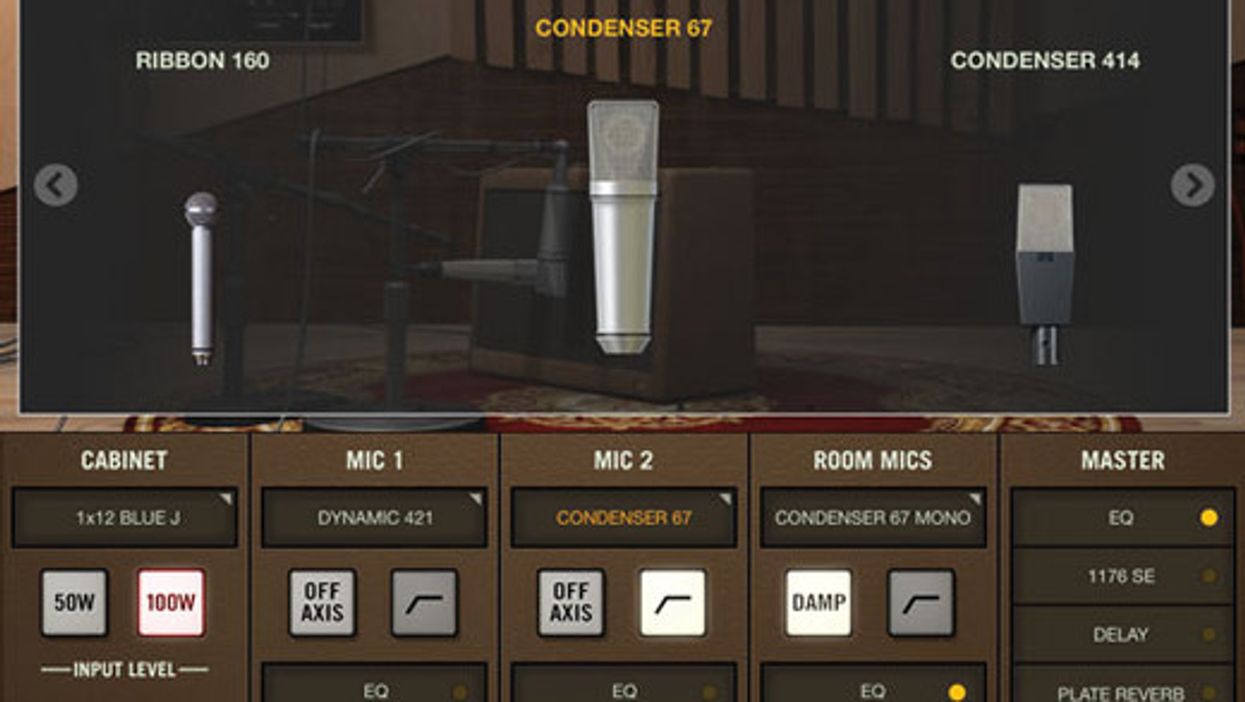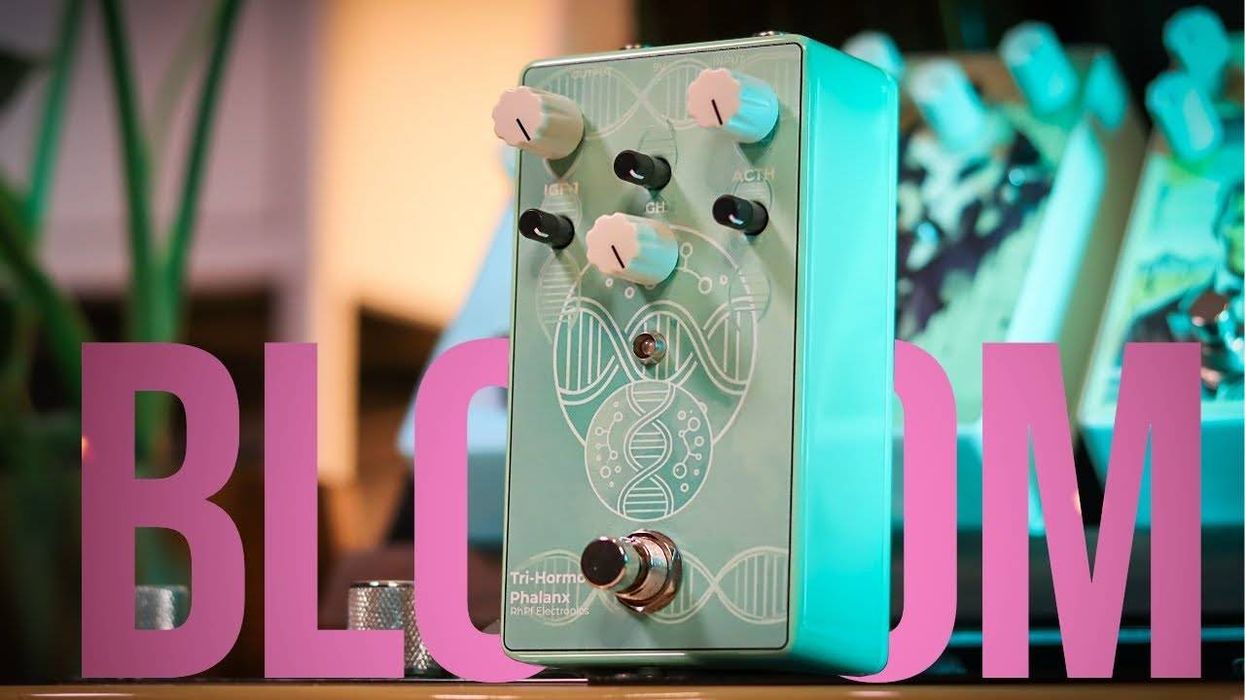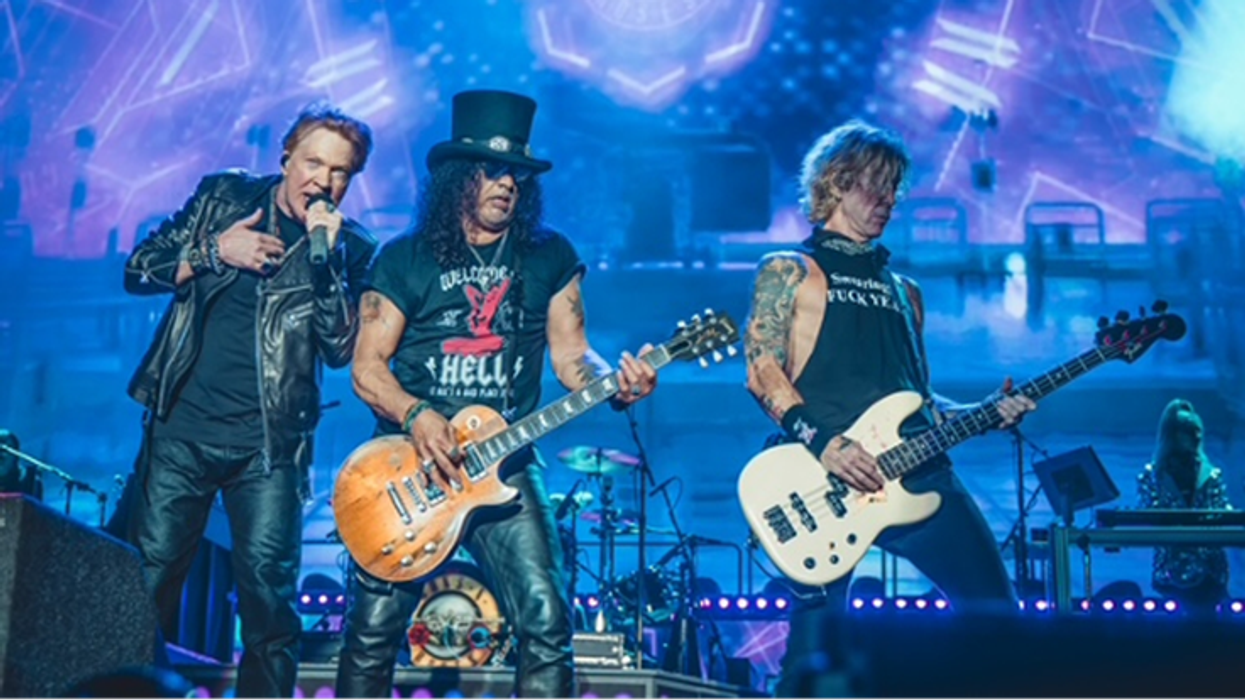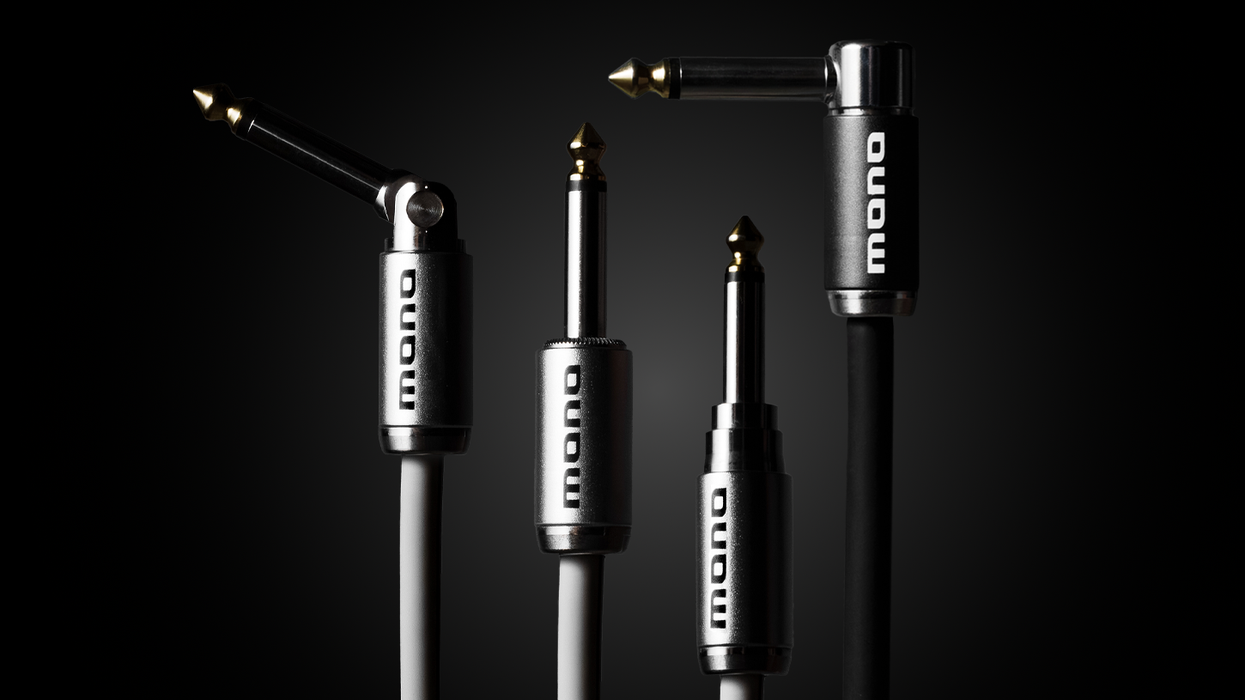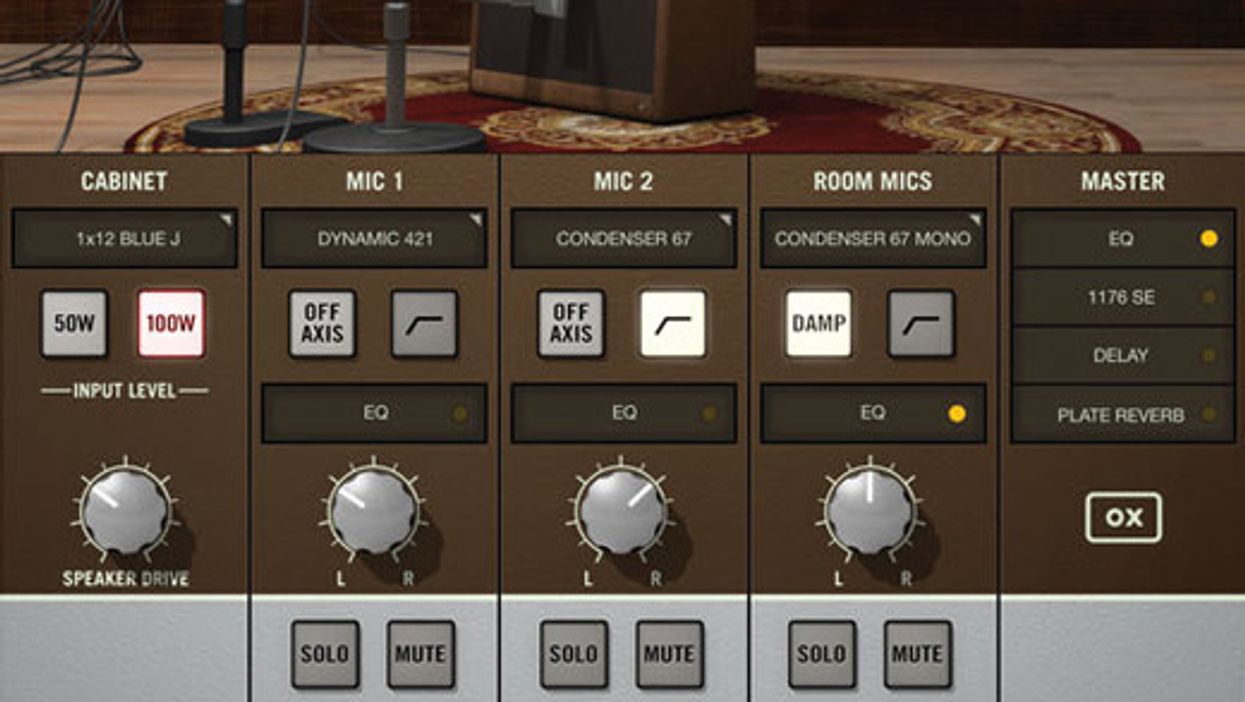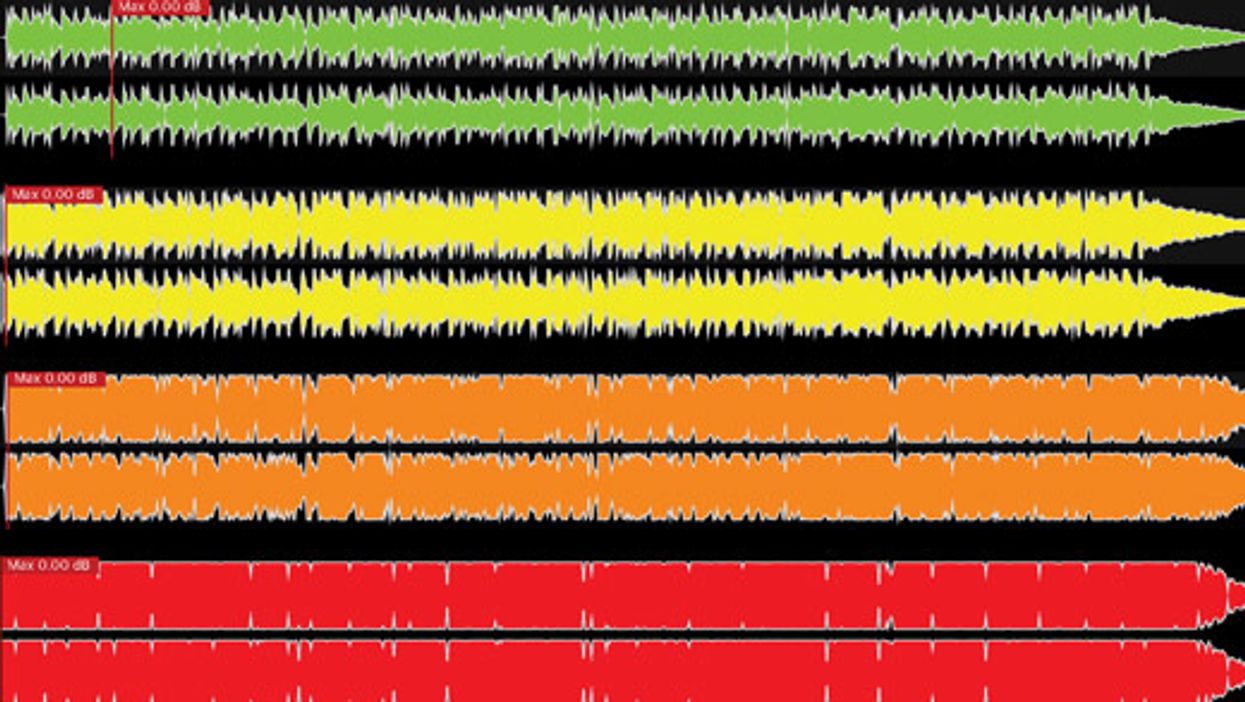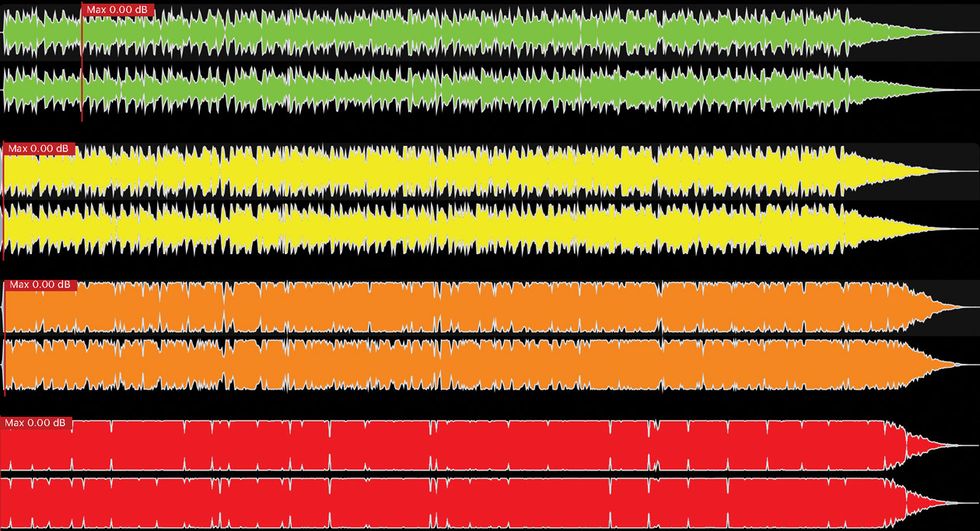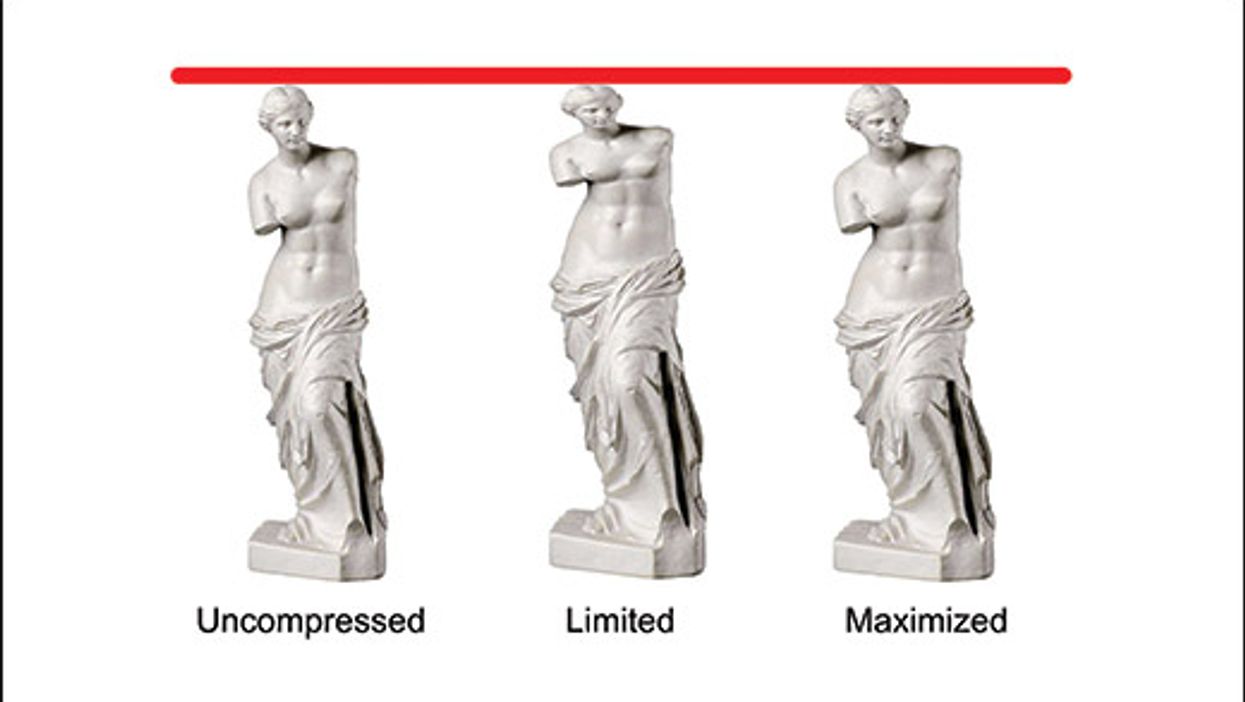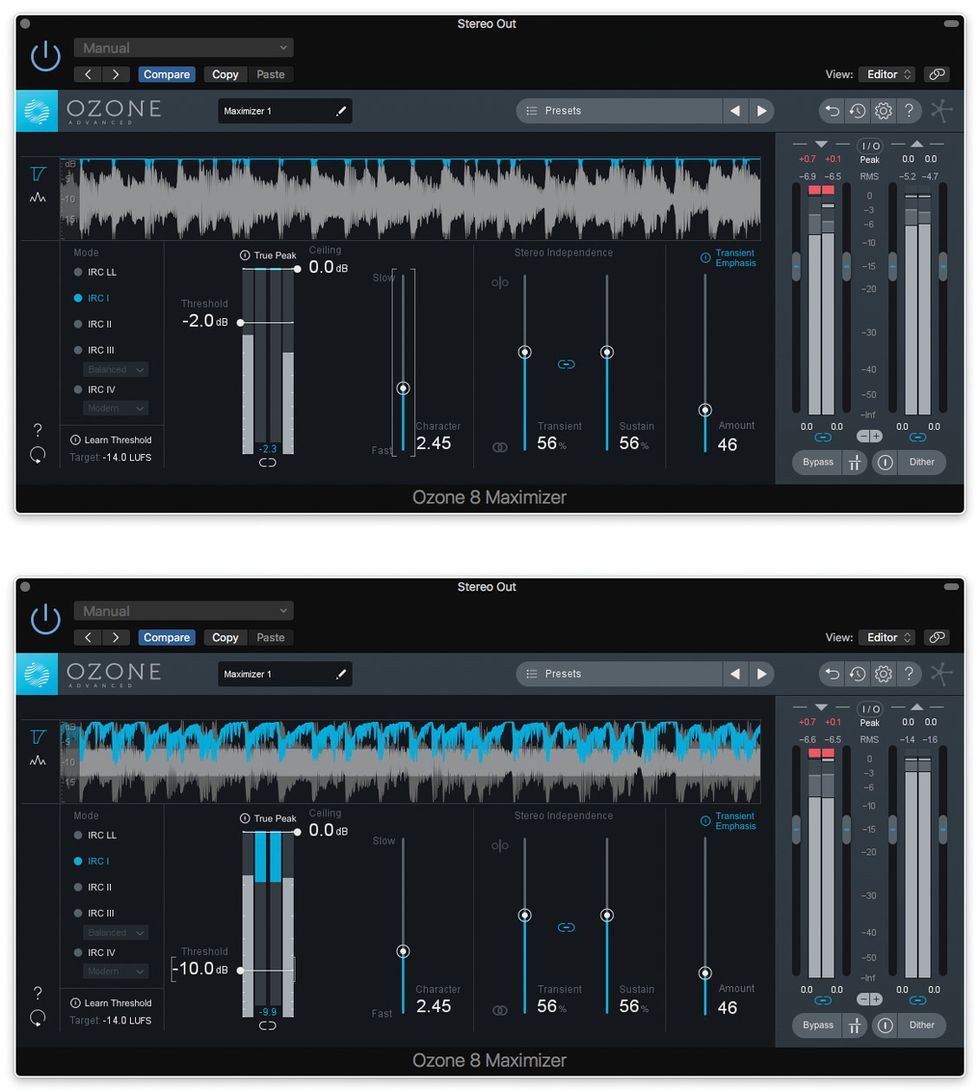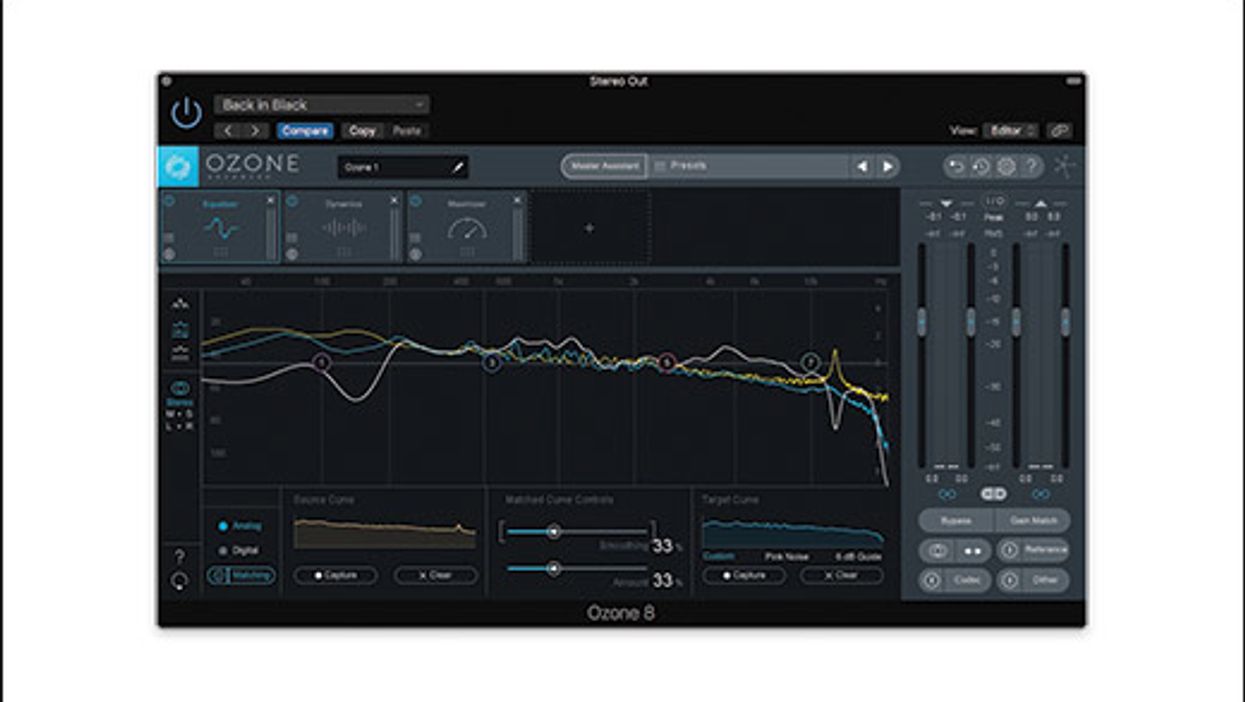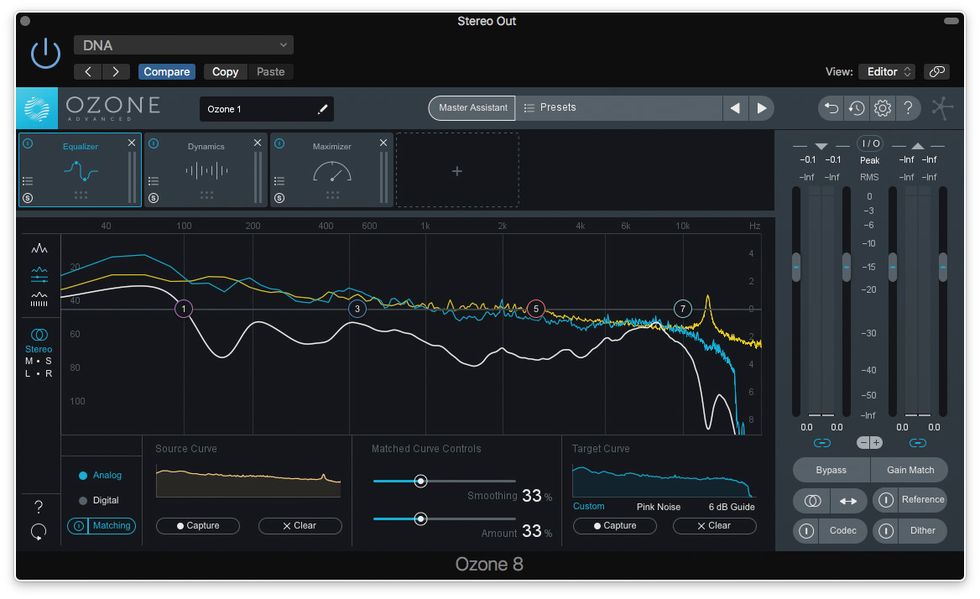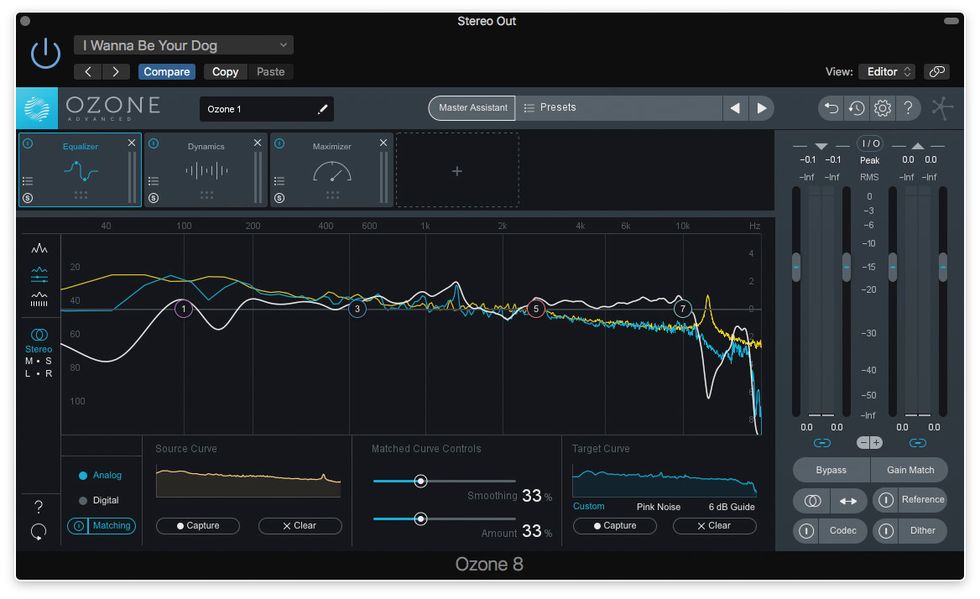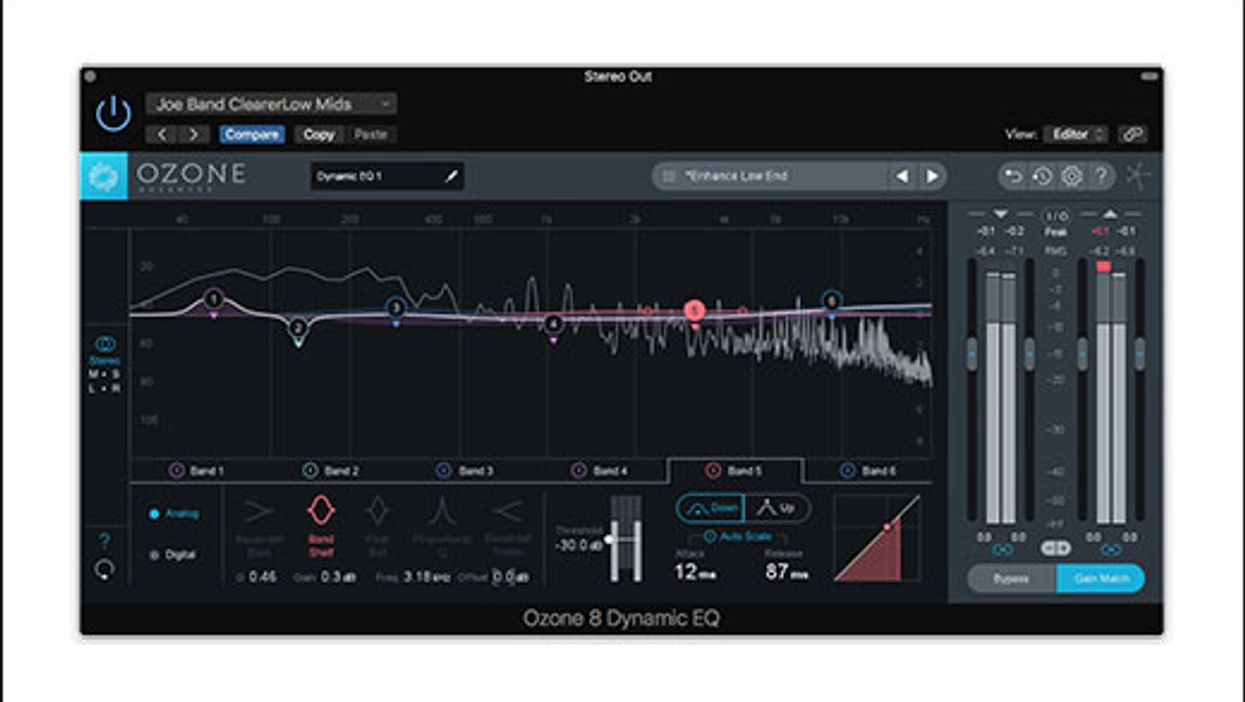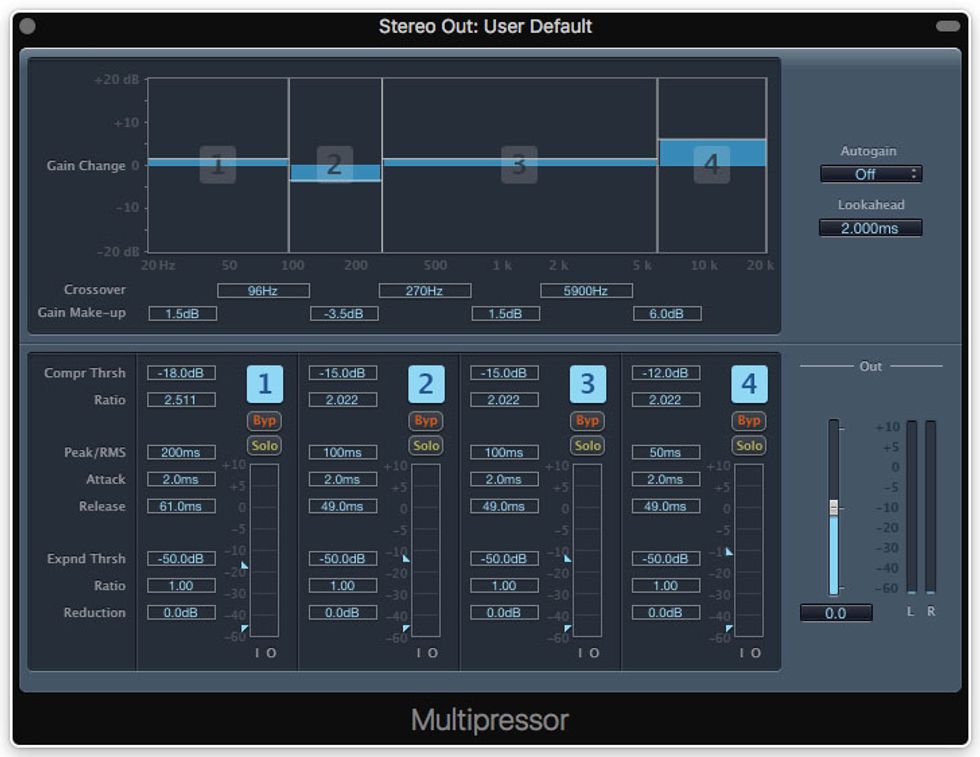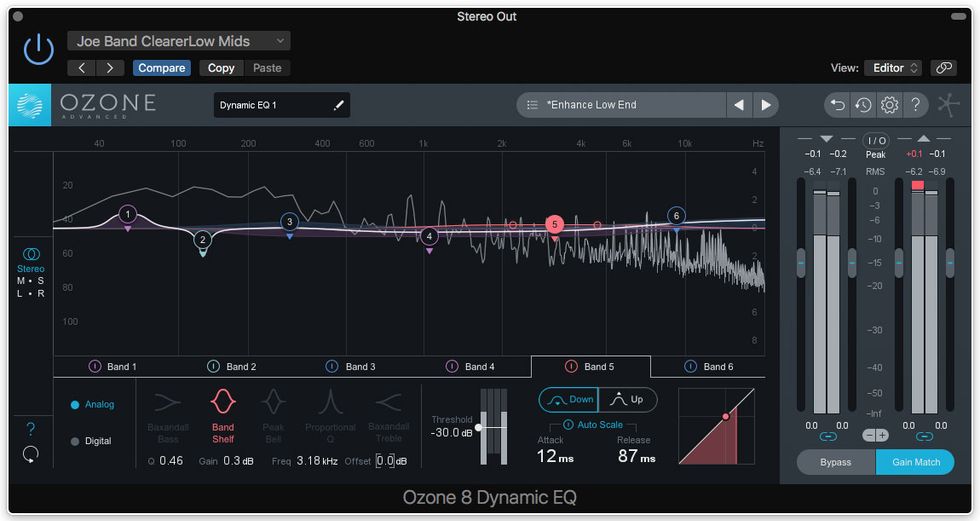I got the idea for this column while reviewing Universal Audio's Ox Amp Top Box for the May 2018 issue. Ox is an ingenious hybrid of speaker load box/power attenuator and cabinet/mic/room/effects modeler. You use your regular amp, but instead of miking it, you send a direct signal to the DAW or mixing board. You record the sound of your amp, while Ox simulates speakers, mics, and effects.
Crazy like an Ox. But this column isn't about recording with Ox, but using it as a teaching tool, since Ox lets us isolate each recording parameter. These comparisons may help you make smart choices when recording a hardware amp.
I used one pickup throughout—the bridge humbucker of a parts guitar. The amp is a Fender-flavored Carr Skylark. I chose a clean, bright sound to reveal how these options affect your recording's high end.
Variable 1: Speaker size. In Clip 1 you hear similar phrases played through models of four common speaker types. First comes the sort of 10" speaker you'd find in a small Fender Champ-style combo. Next is the 12" speaker of a midsized Fender-style combo, then a 12" Celestion Greenback you might encounter in a vintage Marshall cabinet, and finally the Celestion Alnico Blue from a vintage Vox combo.
TASTING NOTES: The Celestion speakers sound fatter than the American ones, but the “pointier" American sound might work better in a mix. The 10" speaker may sound small in isolation, but its bright edge can be useful when you have multiple parts competing for attention.
Variable 2: Speaker configuration. In Clip 2 you hear cabinets with varying numbers of speakers. First comes the 1x12 sound of a midsized Fender combo amp. Next is a 2x12 Fender-style cabinet. After that is the distinctive sparkle of a tweed-era 4x10 Fender Bassman. The last phrase is a classic 4x12 Marshall stack with 25-watt Celestion Greenbacks. These sounds represent a single mic on a single speaker, yet you can differentiate single- and multi-speaker cabinets due to leakage from adjacent speakers.
TASTING NOTES: When you add a second speaker, tones acquire texture and detail due to the phase cancellations between speakers. Tones also get more diffuse, with rounder highs and softer focus. Note how the 4x12 Marshall configuration has a muscular low-mid thump that the Fender configurations lack. That's due in part to the closed back of the Marshall cab.
Variable 3: Microphone type. You hear the sounds of six popular amp microphones on a single virtual 12" speaker in Clip 3. First, two dynamic mics: a Shure SM-57 and a fatter-sounding Sennheiser 421. Next come two condensers: a Neumann U 67 and an AKG 414. Finally, two ribbon mics: a modern Royer R-121 and a vintage Beyerdynamic 160.
TASTING NOTES: The dynamic mics have the sharpest, edgiest tones. The condensers have a neutral, full-frequency sound. The ribbons have rounded highs and warm lows. Remember, though, that the prettiest sound isn't always the best choice. Many engineers swear by the relatively harsh Shure SM-57, and not just because you can buy one for less than $100. Its tough, even brittle, edge can shine in aggressive rock mixes.
Variable 4: On-axis vs. off-axis. Off-axis means angling the mic away from the speaker's center towards its edge. Clip 4 features the SM-57 on- and off-axis, the U 67 on- and off-axis, and the R-121 on- and off-axis.
TASTING NOTES: A straight-on mic always provides the strongest impact and widest frequency range. An angled mic can soften a speaker's harsh edge while adding interesting texture. In a multi-speaker cabinet, the off-axis mic tends to pick up more sound from the non-miked speakers, adding additional texture via phase cancellation. And while you only hear two mic positions here (straight on and angled), there are multiple off-axis options, from a barely off-center mic to one pointed toward the speaker's outermost edge. Aim at the center for maximum punch and intensity. Aim toward the edge for slightly softer, more nuanced tones.
In an upcoming column we'll build on this foundation, integrating multiple mics, ambient room sounds, and some stereo options. In the meantime, bear in mind that the “best" sound for one recording might be the worst sound for another. The right choice is always a matter of context.
